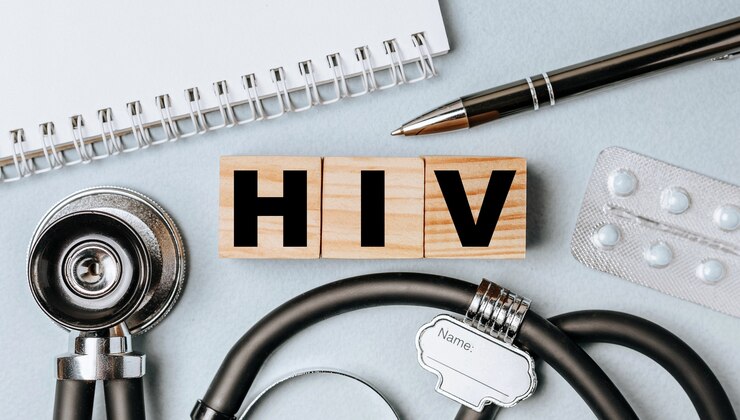Introduction
As parents, we often worry about our children’s health and wellbeing. One of the most common concerns is when they have a fever. Fevers can be caused by a variety of illnesses, from the common cold to more serious infections. While fevers are usually not dangerous, it’s important to monitor your child’s temperature closely to ensure their body is fighting off any infection properly. In this blog post, we’ll explore why monitoring your child’s fever is so vital for their overall health and how to do it effectively.
Why is it important to monitor a child’s fever?
As parents, we often get worried when our child has a fever. However, it’s important to not only treat the fever but also monitor it closely. Here are some reasons why monitoring your child’s fever is crucial:
Firstly, a fever can indicate an underlying medical condition or infection that needs prompt attention. By monitoring the temperature regularly, you can catch any changes and seek medical help if necessary.
Secondly, knowing how high or low the temperature is will help in determining the right course of action for treatment. Mild fevers may require just rest and hydration while higher ones may need medication.
Thirdly, if your child has other symptoms like vomiting or diarrhea along with a fever, monitoring their temperature can give you an idea of whether their condition is getting better or worse.
Tracking your child’s fever patterns over time can provide valuable information to doctors about potential recurring infections or health issues.
Keeping track of your child’s fever through regular monitoring can help detect any potential problems early on and ensure they receive proper care promptly.
How to take a child’s temperature
Taking a child’s temperature can be intimidating for new parents, but it is an essential skill to learn. There are several methods to take a child’s temperature, including rectal, oral, ear and forehead thermometers.
Rectal thermometers are the most accurate method for infants younger than three months old. To use this method, lubricate the thermometer with petroleum jelly or another water-soluble lubricant and insert it about 1/2 inch into the rectum.
Oral thermometers can be used for children older than four years old who can hold the thermometer under their tongue without biting down on it. Place the thermometer under the tongue and keep your child’s mouth closed until you hear a beep indicating that you have taken an accurate reading.
Ear thermometers measure infrared heat waves from inside the ear canal to determine body temperature. Gently place the thermometer in your child’s ear canal and wait for a beep indicating that you have taken an accurate reading.
Forehead thermometers measure infrared energy emitted from your child’s forehead skin surface to determine body temperature. Hold it against your baby’s forehead while keeping contact with their skin at all times during measurement.
Remember that regardless of which method you choose, always follow manufacturer instructions carefully to avoid inaccurate readings or injury to yourself or your child.
What are the signs that a fever is serious?
While most fevers in children aren’t serious and can be managed at home, some cases require medical attention. Here are some signs that indicate a fever may be more serious:
1. High temperature: A high fever that goes above 103°F warrants a call to the doctor.
2. Persistent fever: If your child’s fever lasts for more than three days, it’s essential to seek medical attention.
3. Seizures: Febrile seizures occur when the body temperature rises quickly and dramatically.
4. Difficulty breathing: If your child is struggling with shortness of breath or wheezing along with their fever, they could have an underlying respiratory issue that needs immediate intervention.
5. Rash: A rash accompanying a high temp can signify meningitis or other severe infections
6. Refusal to drink fluids or eat food: Dehydration is always a concern when someone has a high temperature; if your child isn’t drinking enough fluids, you should get them checked out by their pediatrician right away.
Monitoring your child’s symptoms during times of illness is crucial to ensure they receive proper care in case of any health emergencies arising from their condition.
When to call the doctor
When to call the doctor is a common question that parents have when their child has a fever. The answer depends on several factors, including the age of your child, how high the temperature is, and whether there are any other symptoms present.
For infants younger than three months old, it’s important to call the doctor immediately if they have a fever of 100.4 degrees Fahrenheit or higher. This is because young babies are more vulnerable to infections and can become seriously ill quickly.
For children older than three months but younger than two years old, contact your pediatrician if their fever reaches 102 degrees Fahrenheit or higher for more than one day or if they have other concerning symptoms such as difficulty breathing or dehydration.
Children over two years old with fevers below 102 degrees Fahrenheit can usually be treated at home with rest and fluids. However, if your child’s fever persists for more than three days despite treatment at home or they experience severe symptoms such as seizures or rash accompanied by a high fever, it’s time to consult with a medical professional.
It’s always better to err on the side of caution when it comes to your child’s health. If you’re unsure about whether to call your doctor, don’t hesitate – reach out for guidance from a qualified healthcare provider who can help ensure that your little one stays healthy and safe!
Conclusion
Monitoring your child’s fever is crucial in determining their health status. As a parent or caregiver, it’s important to know how to take your child’s temperature, what temperatures are considered normal and abnormal, as well as the signs of serious fever. Keeping track of your child’s temperature can help you make informed decisions about when to seek medical attention.
Remember that while fevers can be scary and uncomfortable for both children and parents alike, they are often a sign that the body is fighting off an infection. With proper monitoring and care, most fevers will resolve on their own without any complications.
So stay vigilant, keep a watchful eye on your little one’s temperature and don’t hesitate to contact your pediatrician if you have any concerns or questions about their health!










